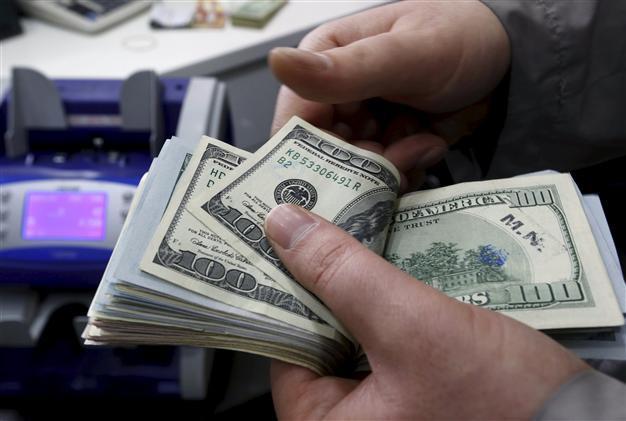Turkey, South Africa vulnerable to strong US dollar: Moody’s
LONDON

REUTERS Photo
Robust U.S. growth and stabilizing financing conditions will help the global economy to grow more strongly next year after muted growth in 2015, but some countries are vulnerable to negative shocks due to the strong U.S. dollar, said Moody’s Investors Service in its quarterly Global Macro Outlook report.“While prospects of robust growth point to a gradual tightening of monetary policy and higher yields in the U.S., economic prospects are subdued in many other regions,” said Marie Diron, a Moody’s Senior Vice President and author of the report on May 12.
“The outcome is likely to be increased divergence between those economies that have built up resilience, like the U.S. and India, and those that are vulnerable to negative shocks, like South Africa and Turkey as well as Brazil,” he added.
The anticipated tightening of U.S. monetary policy comes at a time when most other central banks are easing policy or maintaining a loose stance. This unusual divergence reflects different prospects for growth and inflation around the world, said the report.
“This gap will fuel shifts in capital flows and currency values and affect the global economic outlook. Countries such as Turkey and South Africa are more vulnerable to the strong U.S. dollar and the changes in capital flows that it reflects,” it added.
Moody’s expects G-20 GDP growth of 2.8 percent in 2015, broadly unchanged from last year, before rising to around 3 percent in 2016.
India is forecast to be the strongest performer among the G20 countries, with GDP growth of 7.5 percent in both 2015 and 2016. Cheaper oil and reforms designed to enhance growth are expected to support robust economic activity.
In China, domestic factors will mainly account for economic developments. Moody’s maintained its forecast that GDP growth will slow to 6.8 percent in 2015 and 6.5 percent in 2016, from 7.4 per last year.
“In the United States, the stronger U.S. dollar will dent growth. However, high starting levels of price competiveness, strong corporate profits and rising real incomes all still point to robust U.S. economy activity,” said Moody’s.
The agency forecasted U.S. GDP growth of 2.8 percent in both 2015 and 2016.
Moody’s sees several risks that could lead to lower growth in certain individual countries. The risks include a Greek exit from the eurozone, a disorderly reaction to tighter U.S. monetary policy and the impact of any future correction of Chinese equity or property prices.
















